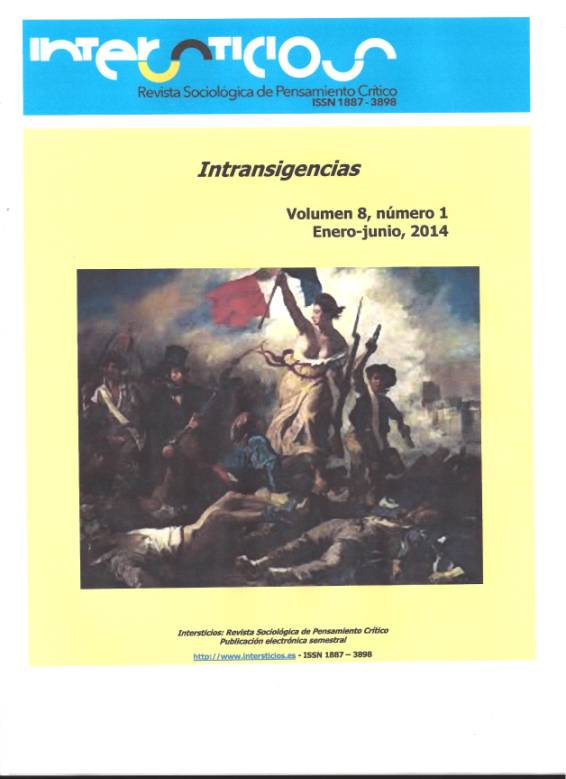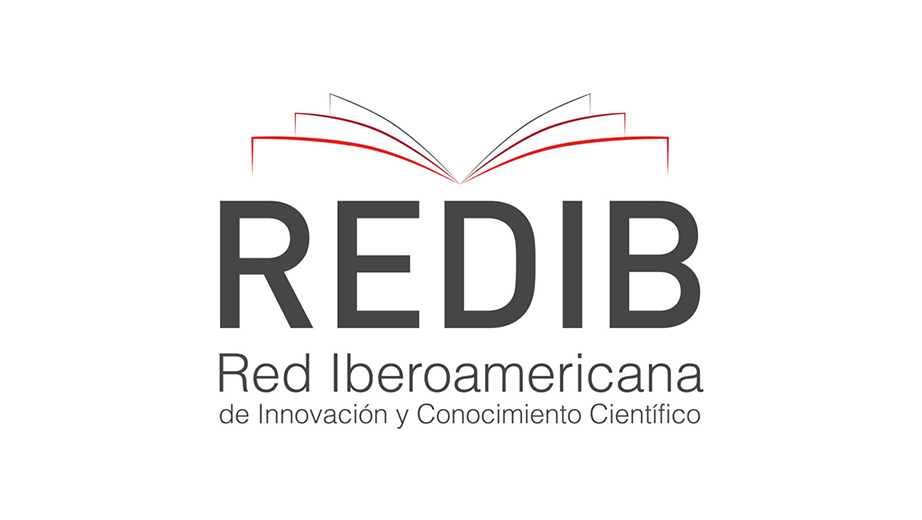Formaciones de memoria en disputa en Argentina, desde la transición democrática hasta hoy
Palabras clave:
Formaciones de memoria, Disputas, Dictadura argentina, Rememoración / Formations of Memory, Dispute, Argentina’s dictatorship, RemembranceResumen
Este trabajo se propone diferenciar las formaciones de memoria dominantes que operaron en distintos momentos de la Argentina a partir del retorno a la democracia en 1983. La primera de ellas durante los años 80 relacionada al extrañamiento y despolitización; la siguiente vinculada a la épica y vindicación que coincide con la formación de HIJOS y el avance de un modelo neoliberal; y finalmente una tercera, aún emergente, donde la memoria se manifiesta en términos de ambigüedad dando lugar al conflicto y deliberación sobre el pasado. Para la distinción de los dos primeros momento se utilizarán los trabajos de diferentes autores que ya se han ocupado de diferenciar los modos singulares en que opera la memoria durante la década del ‘80 y los ’90 (Vezzetti 2002, 2009; Bombal 2004, Oberti 2004, De Diego 2003, Novaro y Palermo 2003). Para establecer el tercer momento se tomará como referencia producciones artísticas provenientes del cine y la plástica y el debate desarrollado en torno al destino de la ESMA. A partir de allí se busca establecer los modelos dominantes y variaciones en la práctica de la memoria Argentina luego del advenimiento de la democracia. Como hipótesis de lectura se sostiene que el devenir de las formaciones de memoria en la Argentina podría sintetizarse a grandes rasgos a través de la tríada ausencia-vindicación-acción. En tanto primero se presenta como obturación, represión, imposibilidad; luego como reacción, reivindicación, denuncia y finalmente como lugar de tensiones y conflictos. Title: Formation of memory in dispute in Argentine, from democratic transition at today Abstract: This work aims to differentiate the dominant memory formation that operated at different times in Argentine, since the return to democracy in 1983. The first in the early 80 related to alienation and depoliticization; the next linked epic and vindication coincides with the formation of HIJOS and the advancement of a neoliberal model; and finally a third, still emerging, where memory is manifested in terms of ambiguity leading to conflict and deliberation about the past. For the distinction between the two first time will use the works of different authors who have focused on singular ways to differentiate that operates memory during the '80s and '90s (Vezzetti 2002, 2009; Bombal 2004, Oberti 2004, De Diego 2003, Novaro and Palermo 2003). To establish the third be taken as reference time artistic productions from plastic film and developed and the debate over the fate of ESMA. From there we expect to establish the dominant models and variations in practice the memory Argentina after the advent of democracy. The reading hypothesis is that the development of memory formation in Argentina could be synthesized through the triad: absence /vindication/ action. As first presented as a shutter, repression, failure, then as response, recovery, reporting and finally as a place of tension and conflicts.Descargas
Publicado
2014-01-20
Número
Sección
JÓVENES INVESTIGADORES
Licencia
Los/as autores/as mantienen el @copyright, concediendo a la revista el derecho de primera publicación.








